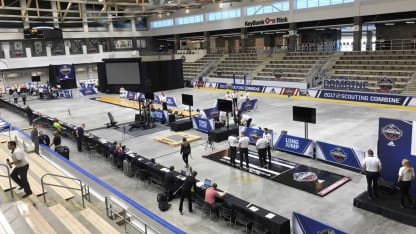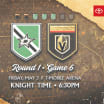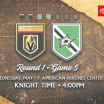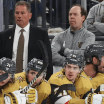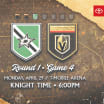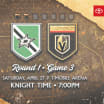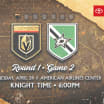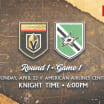It's kind of a strange looking scene.
On the final day at the NHL Combine, the focus shifts to fitness testing. Where most of the combine's first five days have been set aside for teams to interview prospects, pretty much all of the fitness tests take place the last day, with more than 80 prospects participating in a handful of exercises.
But how important are these test scores?
RELATED: Rundown of all exercises included in NHL Combine fitness testing
Can how many pull ups an 18-year-old does on a single morning predict how his entire NHL career will turn out?
And within a span of years in which scouts build a database of viewings, interviews and references, can a player's long jump on a single Saturday morning influence his draft status?
Basically, how important is the NHL Combine for teams deciding what players to take in the NHL Entry Draft?
VegasGoldenKnights.com investigated by discussing this with strength and conditioning coach Doug Davidson and director of player personnel Bob Lowes.
In short, the Golden Knights staff said that the fitness tests are important.
It's just not necessarily a player's scores that they're looking for.
How Important Are NHL Combine Fitness Tests?
How will the results of Saturday's NHL Combine activities influence the Golden Knights' Entry Draft decisions
